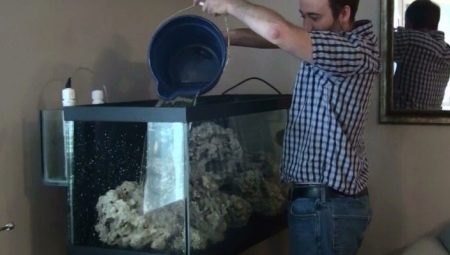For most modern people, the main source of water for any need is plumbing. Any adult has heard that the liquid from there, to put it mildly, does not correspond to the best ideas about its quality - chlorination, which is the main method of purification, adds far from the most useful chlorine, the quality of purification often leaves much to be desired, and when passing through rusty lines, water repeatedly clogged with all sorts of unpleasant things.
Even a large and strong person who just periodically drinks such water puts his health in danger.
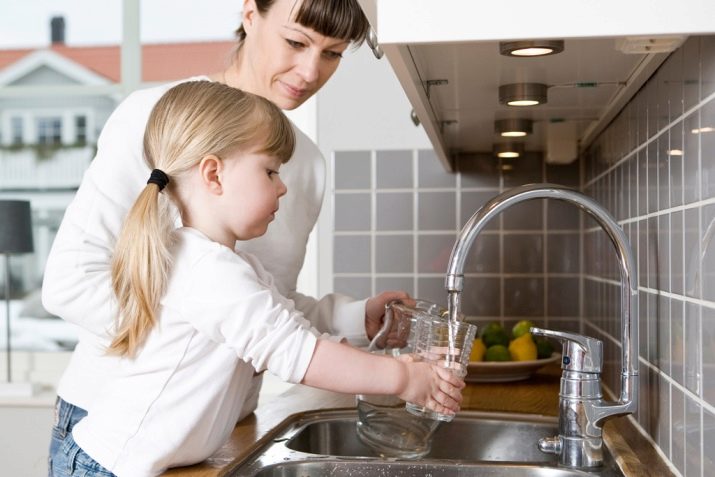
One can only imagine how destructive the constant stay of fish in such an environment is. For this reason, many aquarists without fail defend the water before it gets into the aquarium for pets.
What is it for?
Even if your source of moisture is not water supply at all, this does not mean that it is suitable for an aquarium. Harmful impurities may be present even in the body of water, which is not affected by human impact. Finally, not all water bodies are suitable for living creatures and not every species of fish can be sensitive to some kind of irritant, which for other species is uncritical.

When you try to defend a liquid from a familiar source, you can observe various interesting phenomena when it becomes cloudy or a precipitate precipitates in it that was not previously observed.
The main goal of aquarists is the removal of foreign substances that definitely will not benefit scaly pets.
The funny thing is that a significant percentage of fish breeders regularly perform this ritual, but in fact no one knows exactly how much water needs to be defended. In addition, you do not need to be a genius to understand the obvious - upholding does not solve all problems. Often, even after it, the liquid may still remain unsuitable for normal fish life.
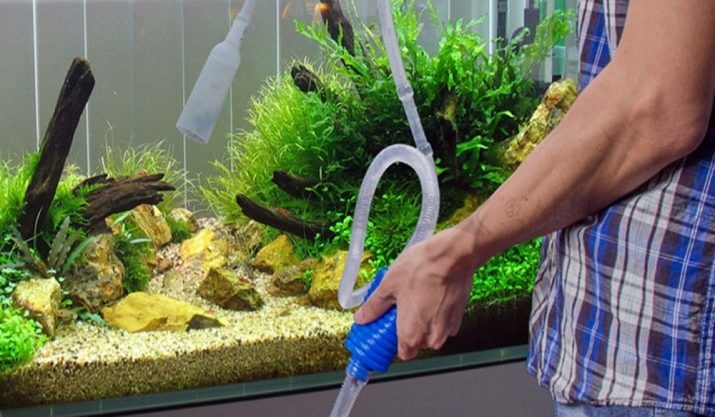
Having eliminated myths and idle fictions, we conclude that there are three types of pollutants in the water, moreover, representatives of each type can respond to assertion in different ways:
- solid impurities precipitate and remain at the bottom, while the purified upper layer of water can be carefully drained;
- gaseous impurities are lightweight, therefore, in an open vessel can escape into the atmosphere;
- liquid components, unfortunately, are not removed from the water by settling.
Necessary water parameters
Just as polluted air is unpleasant for humans, fish cannot live in polluted water. therefore the latter must meet certain requirements if you value the life of your pets.
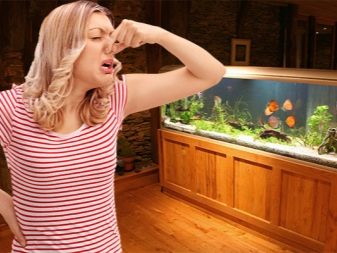

In fairness it’s worth saying that different species can put forward different requirements, therefore, the generalizations below are comfortable for most species, but not for all. We specifically focus on those species of fish that beginners usually start with, while not really understanding how to properly take care of whimsical species.
One of the most important criteria is fluid acidity.. Both acid and alkaline ions are present in the water, and if they are equally divided, the medium is considered normal, that is, neutral. This is precisely what is considered ideal for the normal life of most aquarium animals and plants.
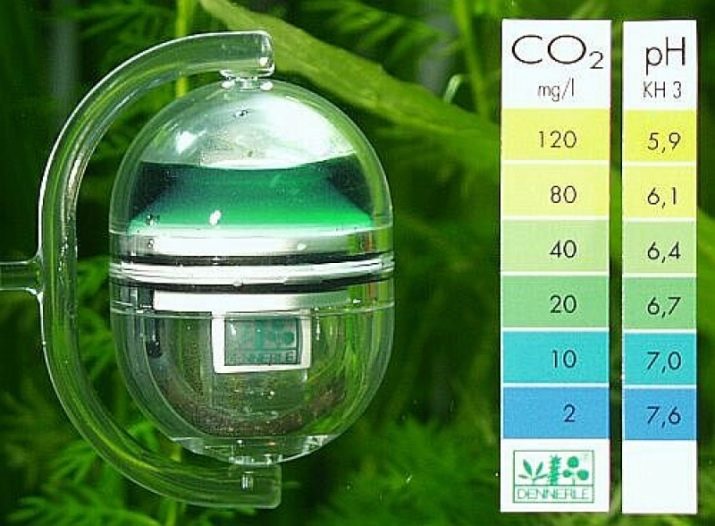
The level of acidity is indicated by the letters pH and the number, if we are talking about a neutral environment, it will be described as pH 7.
Deviations in either direction for the average fish are undesirable, and the more significant they are, the worse.
This criterion is not the first reason in vain - upholding does not affect it in any way, which means that moisture must first be selected correctly.
Another important criterion is rigidity. It directly depends on how many “foreign” substances the water managed to dissolve in itself before it got into your sump. Most often, increasing the level of hardness ensures the presence of dissolved calcium in moisture.
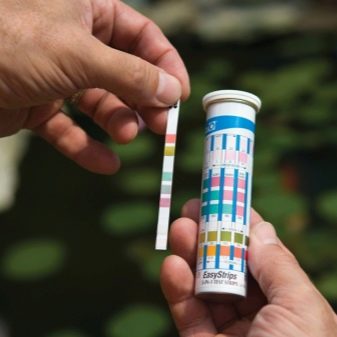
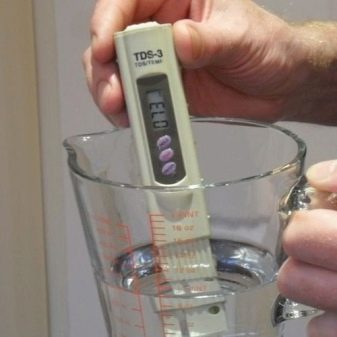
Unlike many other substances dissolved in liquids, calcium (in normal dosage) is even beneficial for fish, because they form the "details" of its body from it. Each species requires a certain level of hardness, which is desirable to observe, while fish and plants gradually remove calcium from moisture, making the latter softer.
To ensure that the water does not lose the required characteristics, chalk, limestone or shells, as well as magnesium chloride or soda, must be added to it. In this regard, overly inveterate advocacy can even do harm.
Another impurity that resides in a liquid in a dissolved form is salt of different origin.
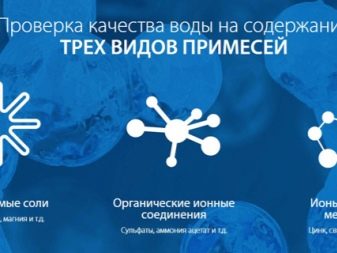
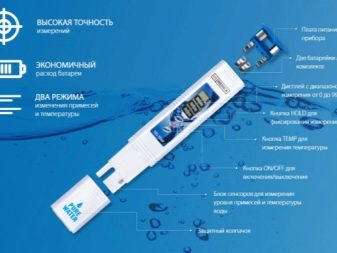
Inhabitants of the aquarium can extract minerals dissolved in salt water for their needs, therefore the aquarist must ensure that the salinity inside the artificial reservoir is always maintained at the same level.
How long will it take?
On the Internet, you can find a variety of tips regarding how long it takes to uphold tap water from a faucet - there are even absolutely fantastic values indicating that the shutter speed should be up to ten days.

If you doubt the adequacy of such recommendations, you are right - the result appears much faster, and the further procedure does not bring any visible benefits.
As already mentioned above, liquid impurities or additives that are in water in dissolved form will not be removed by any sedimentation - you can not even hope here.
Gaseous impurities in their bulk are removed from water almost instantly at the time of collection, and this happens especially quickly if moisture is collected correctly - we will talk more about this in the next section.
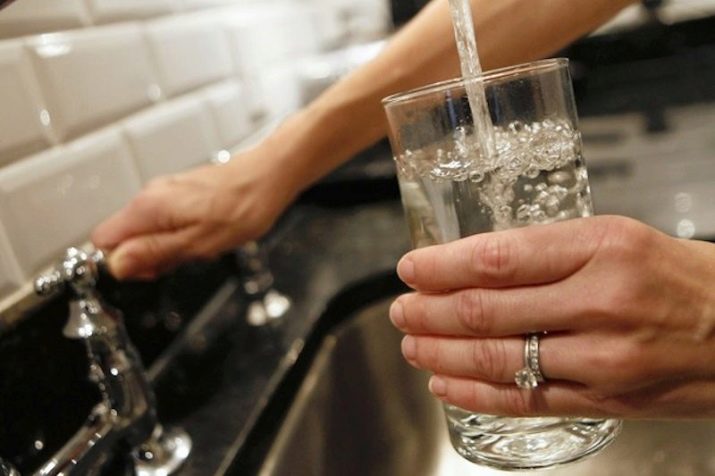
With solid impurities, the situation is somewhat more complicated. First of all, according to the current standards, they should not exist in tap water at all, but this, of course, is an unattainable ideal - rusty metal pipes, gradually breaking up, emit the smallest crumbs of rust, which, together with moisture, enter the aquarium. If you are sure that your water supply system consists entirely of modern plastic pipes, then there really shouldn’t be any impurities, but at least for the first time you need to check the fluid exactly.
It is enough to leave the water for only an hour and see if there are any impurities in it or not - the minimum precipitate, if at all expected, will already appear at this point.
At the same time, the appearance of some sediment does not mean that the moisture has cleared - it is believed that it needs to stand 12-24 hours so that the predominant part of the harmful components goes to the bottom.
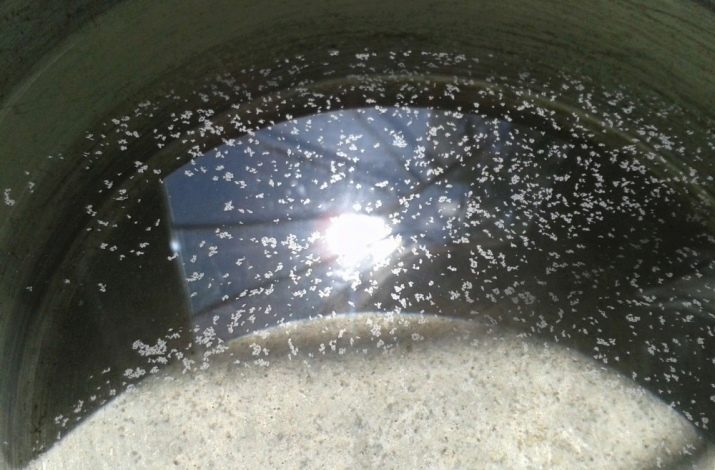
In some cases, when the liquid is particularly turbid and dirty, it can be defended for 2 days, but it would be better to find another source. It is generally accepted that a proven source, from which you have repeatedly taken water for an aquarium, can be intensely not checked - figuratively speaking, the same 12 hours should be enough.
Please note: even if you have not noticed any problems, upholding will still not hurt, it just can be shortened.
However, even in such a situation, experienced specialists advise periodically checking the moisture - in nature there are no constant values of purity, which means that foreign impurities could get into your water supply system or well.

When collecting water from a particular source for the first time, it’s necessary not only to extend the period of sedimentation, but also carefully monitor the precipitation to learn more about the properties of moisture.
When taking from natural reservoirs or wells, the liquid is often cloudy due to the suspension of silt and sand, which is inevitably present in it.
If you are sure that it is silt and sand, then there is no special need for their removal and sedimentation, since they do not harm the fish, because it is normal for her to live in such conditions.
The only reason why this can interfere is the inability to admire the pets due to constant turbidity.
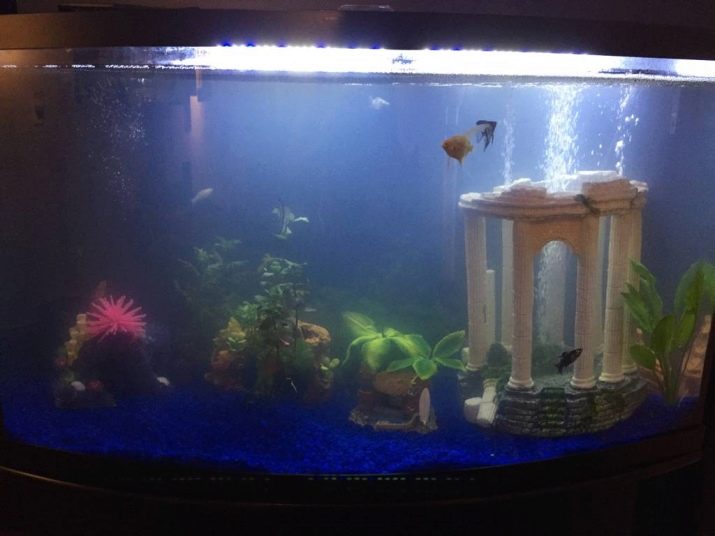
Sand, as a rule, settles itself rather quickly, but in order to "calm down" the clay, you need to plant plants with an extensive root system in the aquarium, which perfectly retains this substance.
Proper upholding
Only at first glance, a person does not actually take part in upholding.
In fact, you can get almost perfect water at home, or you can defend the liquid so wrong that no long periods will give the desired effect.
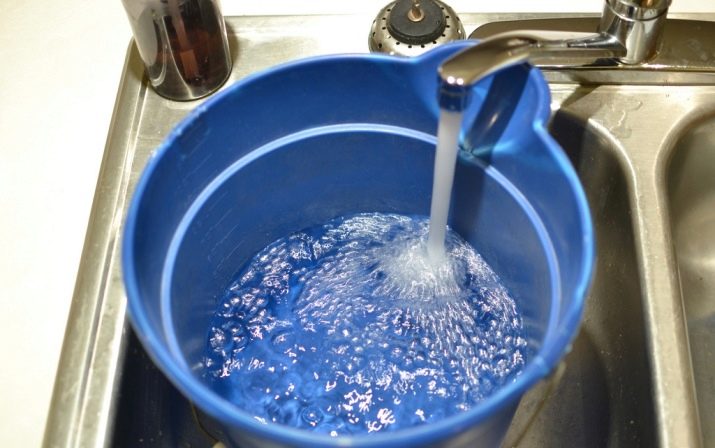
Using a simple example, you can see possible errors by examining how chlorine gas is correctly removed from tap water.
- Particles of gas are scattered throughout the volume of water, and your task is to ensure their direct contact with air to ensure complete removal of gas. You can help this process already at the stage of pouring water - for this it is advisable to collect it into a container for sedimentation by a powerful jet, since at the moment of impact moisture will push gas bubbles out of its bowels.

- The larger the area of contact between the water surface and the atmosphere, the faster and more efficient will be the release of any gaseous pollutants, including chlorine.In a bottle with a narrow neck, only a small percentage of the water will directly contact the air, which means that somewhere in the thickness of the bubbles there can be a lot. It is most reasonable to defend the liquid in a wide pot.
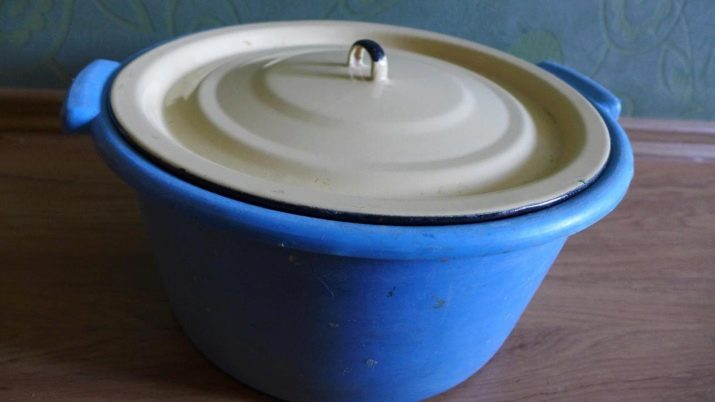
- Covering the container for sedimentation with a lid, you interfere with normal gas exchange, so chlorine, even standing out from the water, simply has no way out to leave the vessel. Nobody canceled diffusion, chlorine in a closed space can again penetrate into moisture.
Ordinary sedimentation does not give the slightest effect when removing liquid impurities, but the modern chemical industry can solve not such problems.
There are special conditioners that bind the molecules of such harmful compounds as ammonia, nitrites, chloramine or hydrogen sulfide - in this form they will be separated from the water and still precipitate.
The slight difficulty is that to choose the right conditioner, you must know what substances can be dissolved in moisture, so as not to add unnecessary "chemistry" to where it is already in excess.
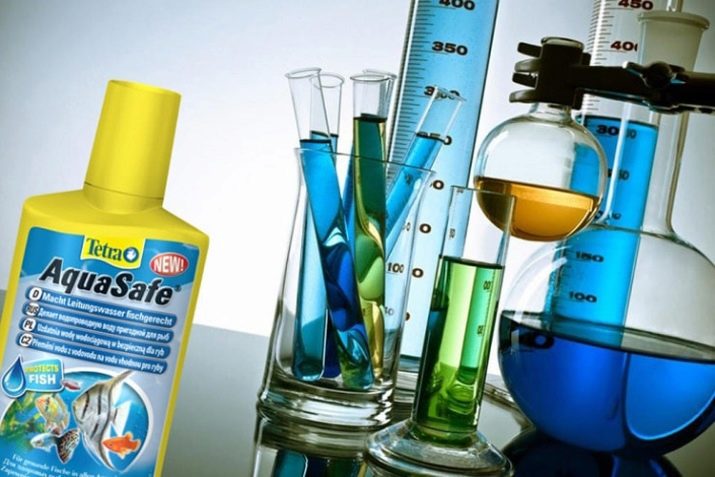
You can clarify what threats are characteristic of water bodies in your region in the sanitary and epidemiological station, they will also tell you exactly how to purify the water.
The timing of settling depends on the selected air conditioner and the degree of pollution, but one day should also be enough.
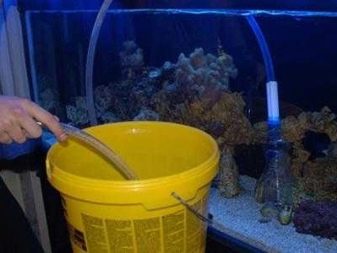
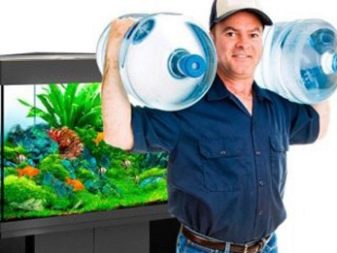
- Do not get too carried away with frequent water changes - putting the sediment on the conveyor, you will be in a hurry, so sooner or later show an unforgivable neglect of this procedure, than harm pets. If you have not overpopulated your own aquarium, then the big problem is that there is no flow inside and no constant fluid renewal will occur, but various beneficial microorganisms that break down nitrates and nitrites will be able to multiply.
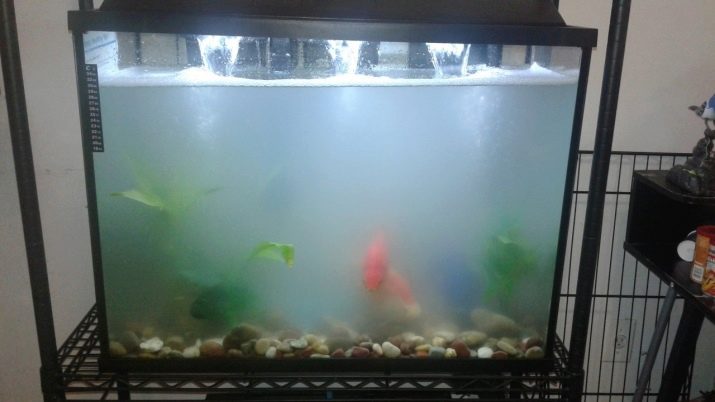
- If the water in the aquarium after a few days has turned cloudy - this is normal, but indicates that the moment of the next exchange has nevertheless come. The fact is that the vital products of living organisms fall precisely into the water, which is the reason for this phenomenon.
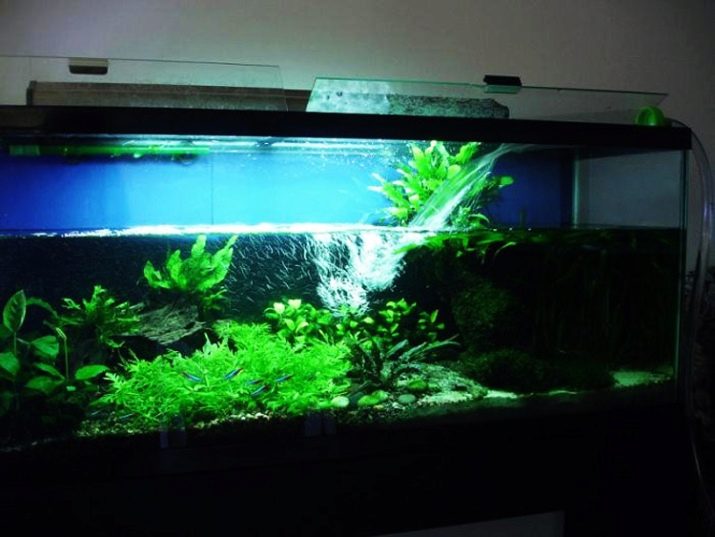
- Even if you constantly use water from the same source, in modern conditions you cannot be sure that it will be the same every day. You may not notice the difference, and new impurities (or the lack of old ones) in and of themselves might not be a problem for the fish, if not for one “but”: they might not like the sharp change in living conditions. For this reason, experienced aquarists try not to change all the water at once, leaving about 2/3 of the volume of old fluid. This approach also allows you to not upset the biological balance, because otherwise, the population of bacteria that break down the waste products of the inhabitants of the aquarium may die.
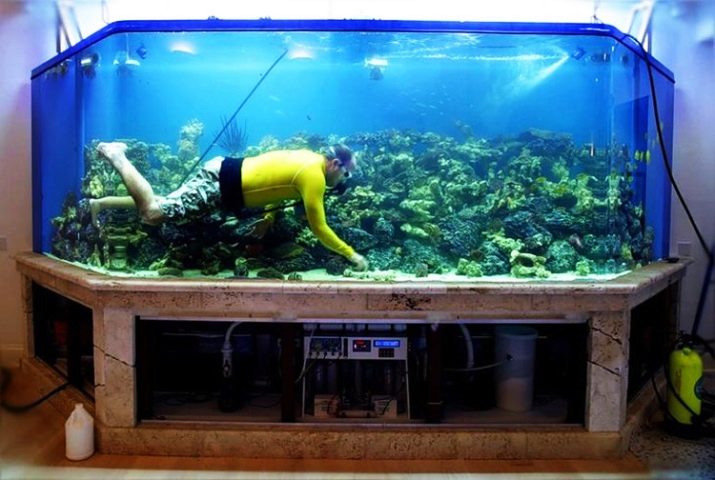
- Almost the only situation in which it is possible and necessary to fill in completely new water is the full cleaning of the aquarium from pollution. Of course, the aforementioned colonies of microorganisms will die, but theoretically they should have disappeared in the process of cleaning the tank, so there is no point in risking and leaving the old dirt.
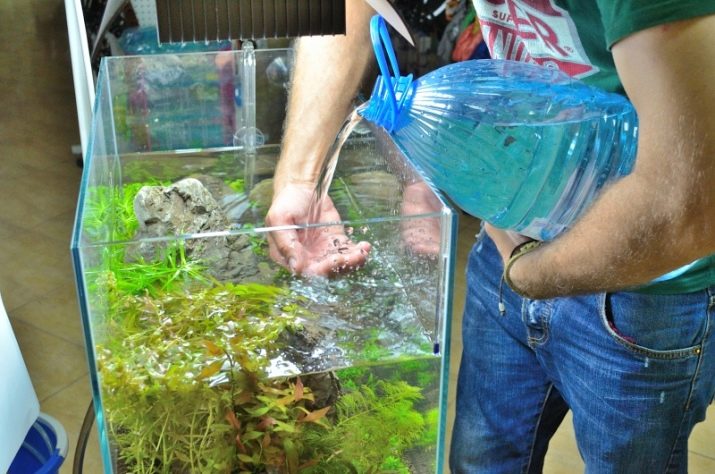
- In some situations, there is no way to wait until the water has settled, and the aquarist has to fill in the liquid that has not stood up. This is better than completely abandoning the moisture cycle. But such a move is allowed only in extreme cases, and in volumes not exceeding 1/5 of the aquarium.
You can learn about how to change the water in the aquarium from the video.
